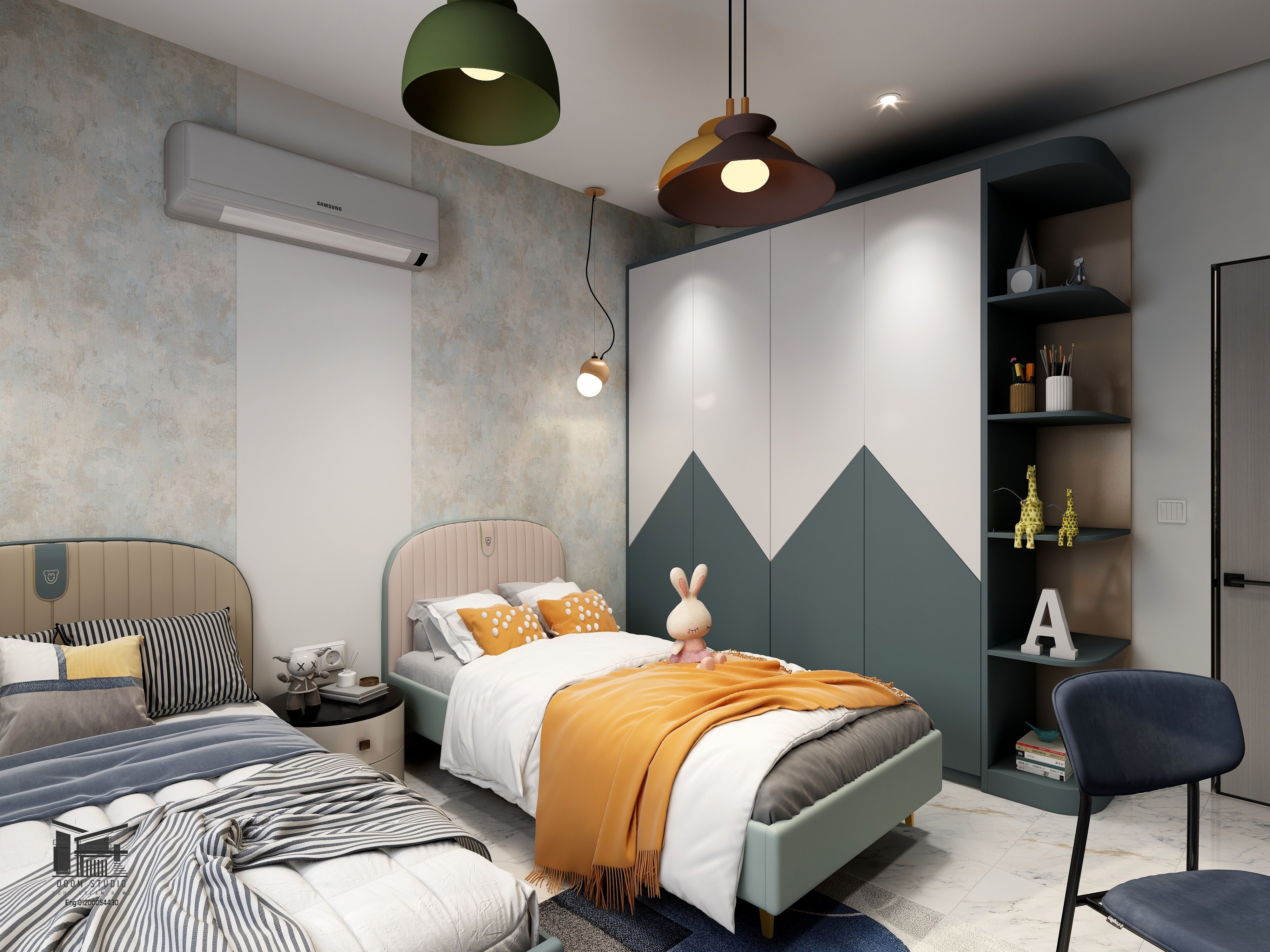How to Check Your Furnace Pilot Light in 5 Easy Steps: 1 Minute to Ensure Your Heating is Efficient
Checking your furnace pilot light is a simple task that can help you troubleshoot heating issues in your home. Regularly verifying its status ensures a warm, safe environment and extends the lifespan of your heating system. Follow these five easy steps to check your furnace pilot light safely and efficiently:
- Turn Off the Furnace
- Before inspecting the pilot light, switch off the furnace using the main power switch or the thermostat. This guarantees your safety and prevents accidental ignition while working.
- Locate the Pilot Light Assembly
- Open your furnace’s access panel. The pilot light is typically found near the base of the unit, close to the gas valve. Consult your furnace manual if you’re unsure about the exact location.
- Inspect the Pilot Light Flame
- Observe the pilot light. A healthy flame should be blue and steady, indicating that it's burning gas efficiently. If it’s yellow, intermittent, or out entirely, it may signal a problem needing further attention.
- Relight the Pilot Light (if needed)
- If the pilot is out, turn the gas valve to 'off' and wait five minutes for any residual gas to disperse. Switch the valve to 'pilot' and use a long lighter or match to ignite it while holding down the reset button. Once lit, release the button and turn the valve to 'on'.
- Test and Reassemble
- Restore power and set your thermostat to a heating setting. Ensure the furnace operates smoothly, then close the access panel. If the pilot light continues to malfunction, consider consulting a professional technician.
As an interior designer, I’ve learned that a functioning furnace isn’t just about comfort; it seamlessly integrates into your home's overall design and atmosphere. Ensuring that every element—whether visible or hidden in a utility space—works harmoniously is as crucial as picking the right color palette or furniture arrangement. If you’re considering a full home system upgrade or want to visualize utility placements in your living areas, modern tools like a Home Designer can help plan the best functional layouts alongside aesthetic choices.
Tips 1:
Schedule annual furnace maintenance to proactively prevent issues with the pilot light and other components. This not only ensures seasonal comfort but also contributes to energy efficiency throughout your home.
FAQ
Q: What color should my furnace pilot light be?
A: Your furnace pilot light should be blue. A yellow or flickering flame can indicate problems with gas supply or combustion.
Q: Is it safe to relight a pilot light myself?
A: Yes, if you follow the manufacturer’s instructions and allow any residual gas to dissipate before relighting. However, if you smell gas or are unsure, contact a professional.
Q: What causes a pilot light to go out?
A: Drafts, dirty or damaged components, or issues with the gas supply are common causes for a pilot light going out.
Q: How often should I check my furnace pilot light?
A: Check it at the start of the heating season and periodically throughout colder months to ensure proper operation.
Q: What should I do if my pilot light keeps going out?
A: Persistent issues may indicate a faulty thermocouple, dirty burners, or gas valve problems, and a professional inspection is recommended.
Please check with customer service before testing new feature.








